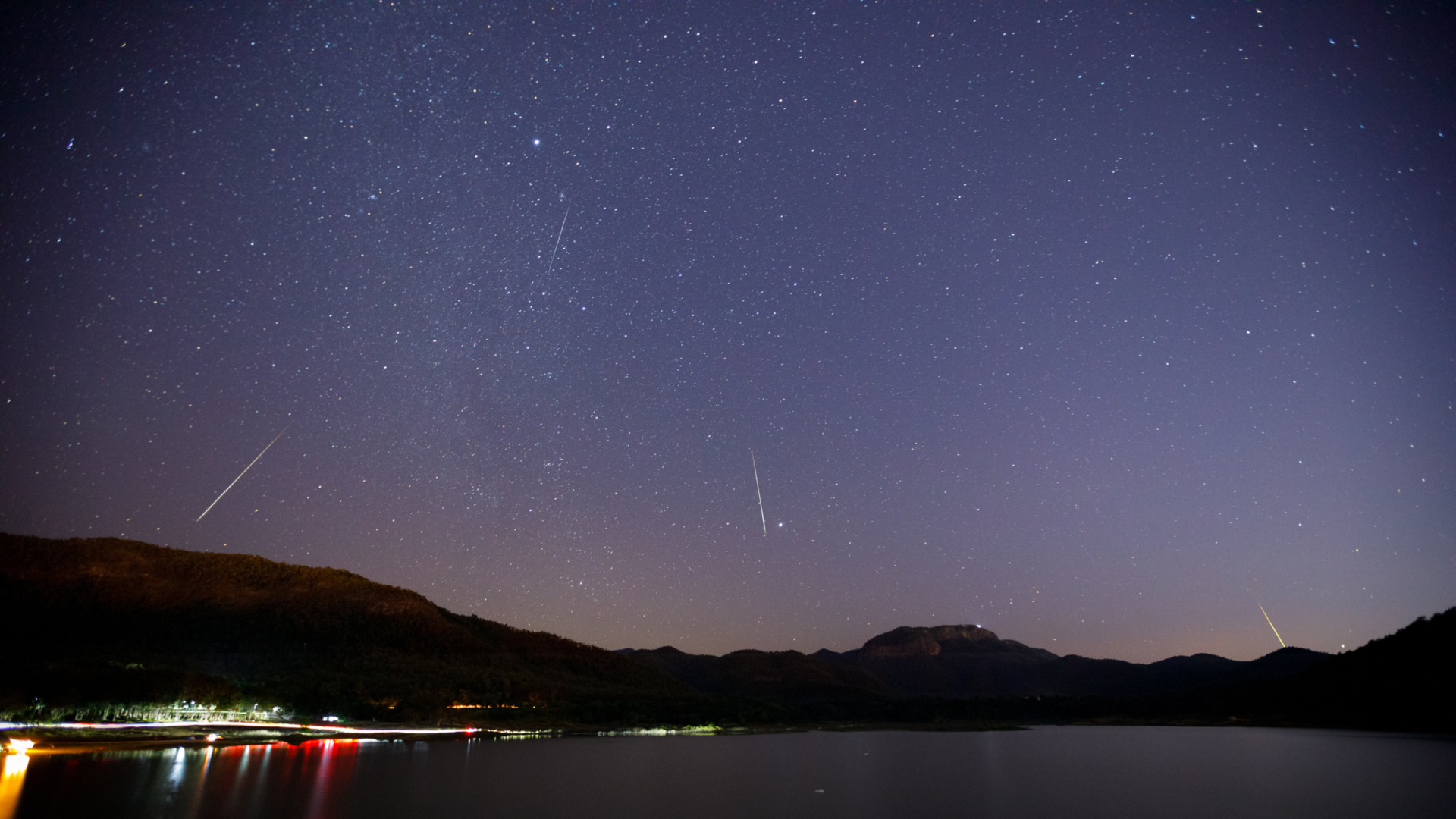Jovian Storms Prepare To Duke It Out
Astronomerson Earth will have ringside seats to a face-off between two of the biggeststorms in the solar system.
In one cornerwill be Jupiter'sGreat Red Spot, a behemoth of a tempest that is twice as large as Earth andwhose 350 mph winds have been whirling for hundreds of years.
Its contenderwill be Oval BA, also known as "Red Jr.,"a young six-year storm that is only half Great Red's size but whose winds arejust as fierce.
The two areapproaching each other now and are expected to have their closest approach onthe Fourth of July, according to Amy Simon-Miller, an astronomer at GoddardSpace Flight Center in Maryland who has been monitoring the storms.
"Therewon't be a head-on collision," Simon-Miller said. "The Great Red Spotis not going to 'eat' Oval BA or anything like that."
However,the storms' outer bands are expected to pass close to one another and it'sanybody's guess what will happen when they do.
This isn'tthe first time that such an encounter has happened. In fact, the two stormstypically pass each other every two years or so. Similar encounters happened in2002 and 2004, but they were very anti-climactic. Aside from some"roughing" around the edges, both storms came out unscathed.
Breaking space news, the latest updates on rocket launches, skywatching events and more!
This timemight be different, however, said Simon-Miller. Red Jr. could revert to itsoriginal color and change from red to white. From 2000 to 2005, Red Jr. wasactually white and no different from the many other small "whiteovals" circling the planet.
But in2006, astronomers noticed a change:a red vortex formed inside the storm, the same color as the powerful Great RedSpot. Scientists believe the color change was a sign that the storm wasintensifying.
Scientiststhink the Great Red Spot could push Oval BA toward a southern jet stream on theplanet during their upcoming encounter. The jet stream blows against Oval BA's counterclockwiserotation and could slow its spin, possibly changing the storm's color back towhite.
The colorof the Great Red Spot itself is a mystery. According to one popular theory, thestorm dredges up material from deep inside Jupiter's atmosphere, lofting itabove the highest clouds where ultraviolet rays from the Sun turncolor-changing compounds, called "chromophores,"red.
- Dark Spot on Jupiter Bigger than Famed Great Red Spot
- Animation: The Great Red Spot In Action
- Surprise! Jupiter Has A New Red Spot
- Dark Spot on Jupiter Bigger than Famed Great Red Spot
- Three enormous Jovian storms collided and merged
Ker Than is a science writer and children's book author who joined Space.com as a Staff Writer from 2005 to 2007. Ker covered astronomy and human spaceflight while at Space.com, including space shuttle launches, and has authored three science books for kids about earthquakes, stars and black holes. Ker's work has also appeared in National Geographic, Nature News, New Scientist and Sky & Telescope, among others. He earned a bachelor's degree in biology from UC Irvine and a master's degree in science journalism from New York University. Ker is currently the Director of Science Communications at Stanford University.
